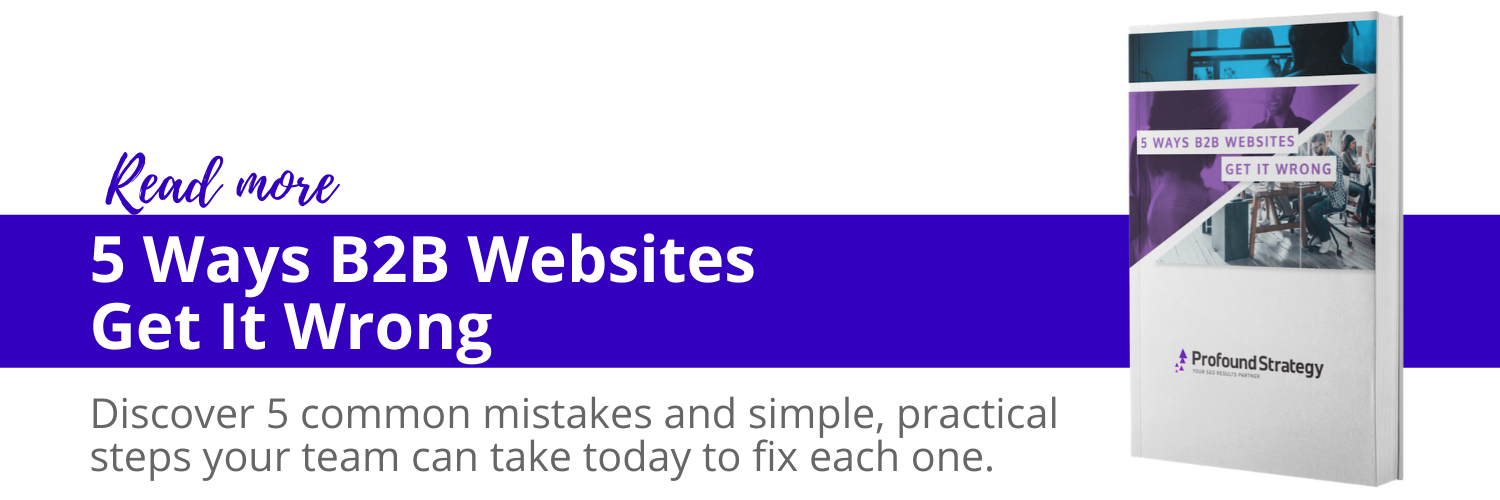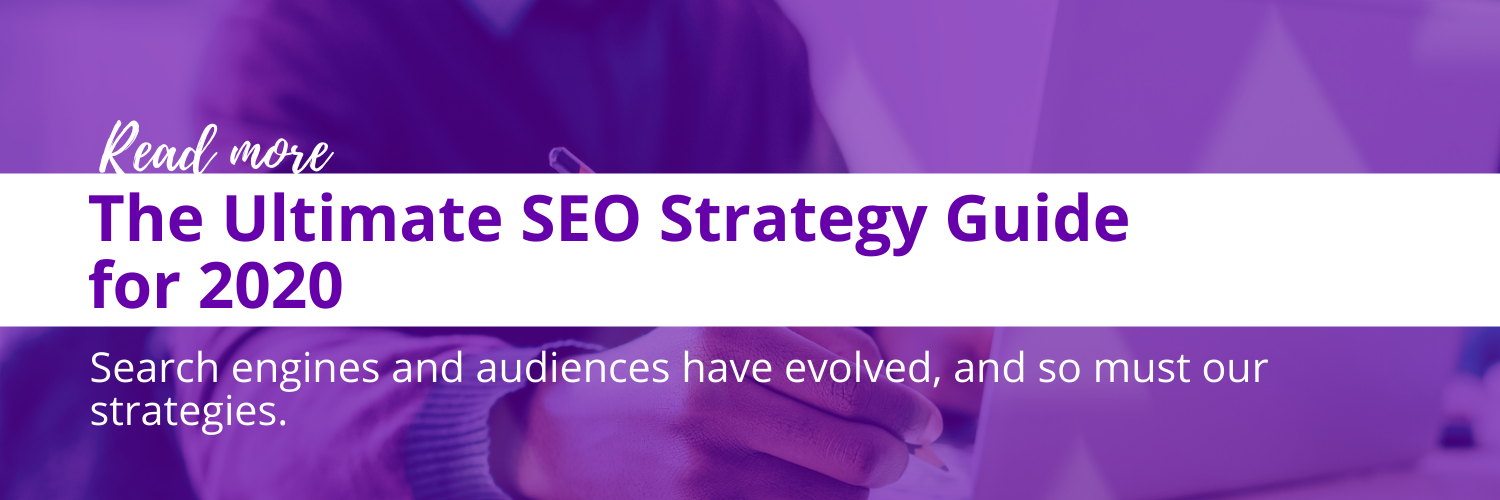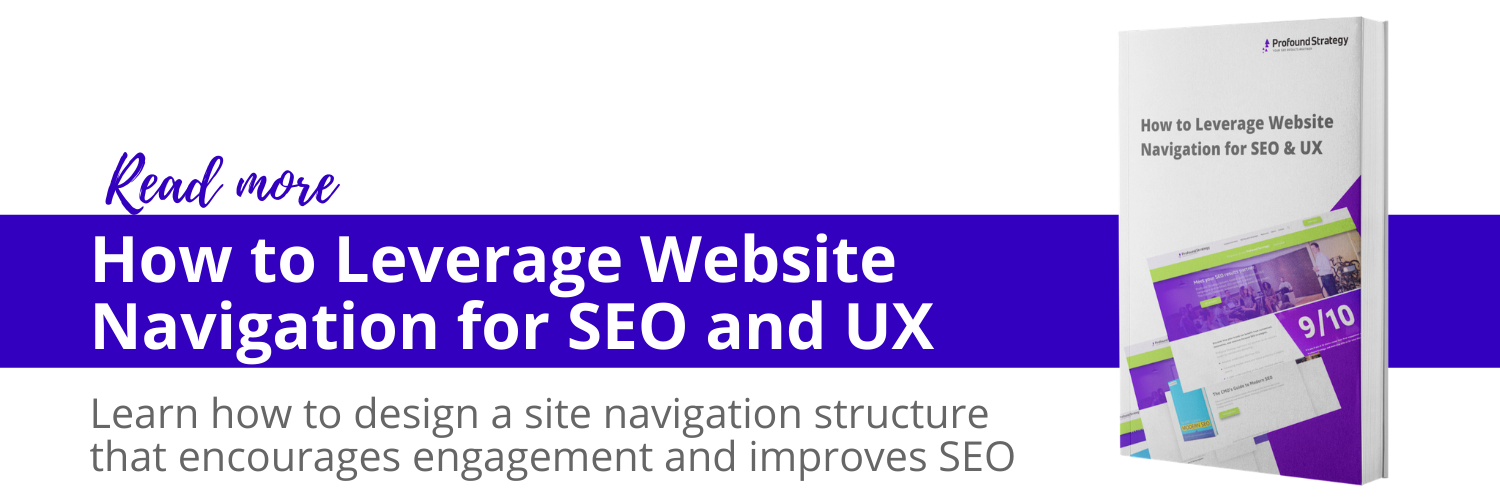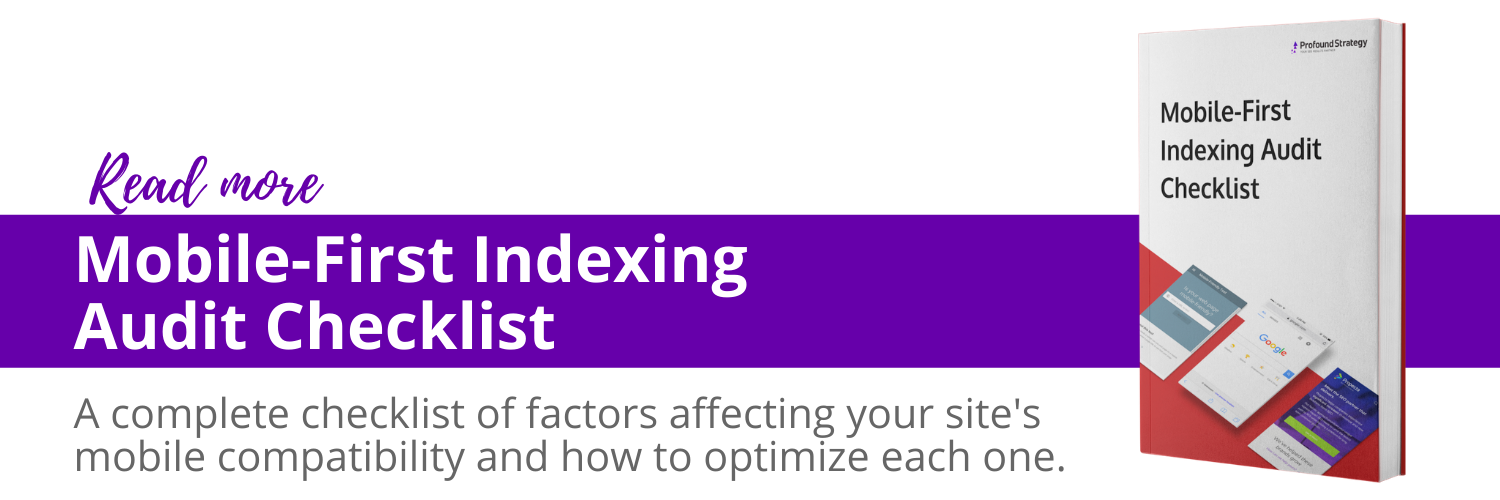B2B SEO Best Practices: A Modern Guide to Lead Nurturing and Digital Marketing ROI
Almost all B2B buying cycles begin in organic search. Because of this, B2B marketers’ SEO needs to be top notch in order to attract the attention of decision makers at every stage of the buyers’ journey.

But actually beating out the competition is easier said than done for any kind of business, and B2B models have some unique SEO challenges.
Should B2B Businesses Invest in SEO?
Just like consumers use the internet to search for personal products, B2B decision makers utilize search engines to research company solutions at every stage of the buyer’s journey. B2B decision makers have more access to high-quality, in-depth information and are increasingly skeptical of sales pitches.

But, as with any search engine experience, most B2B users pay closest attention to websites that appear at the top of search engine results. The top result takes almost one-third of organic traffic, no matter the industry or niche, representing more organic traffic, more brand exposure, more leads, more SQLs, and more revenue.
77% of B2B purchasers say they won’t even speak to a salesperson until they’ve done their own research.
90% of B2B researchers who are online use search specifically to research business purchases.
Additionally, 96% of B2B organizations say content marketing is a core part of their marketing strategies. That means that brands that don’t invest in SEO are leaving buyers alone with the competition in organic search.
B2B SEO Best Practices
Because B2B sales cycles take months to play out, effective B2B SEO strategies aim to put top-quality branded content in front of every persona, at every stage of the buyer’s journey.
Google experienced 91% growth, over two years, in B2B researchers using mobile search throughout the entire path (not just the initial stages).
Effective B2B SEO needs to start with a modern, proven overall SEO strategy. But then there are a few additional considerations.
1. Stop Wasting Time on the Wrong Technical SEO
Not all technical SEO tasks will improve rankings or traffic. A common mistake that B2B companies make is spending too much time trying to fix technical SEO issues that are ultimately not a deciding factor in SEO.
Beyond a baseline (the few SEO issues that actually do matter), B2B brands should focus time and resources on creating strategic SEO content that will actually drive qualified organic traffic. Get the technical SEO foundation setup, and then start creating content that drives growth.
Would your marketing team benefit from a clear view of the site’s technical health?
LEARN ABOUT A TECHNICAL SEO AUDIT
2. Create Better-Than-the-Best SEO Content
Creating content is not enough. There are thousands upon thousands of articles on any topic or problem that an audience may have at any specific point in the buyer’s journey. Performing well in organic search, and creating measurable results, relies on creating content that is better than everything else.
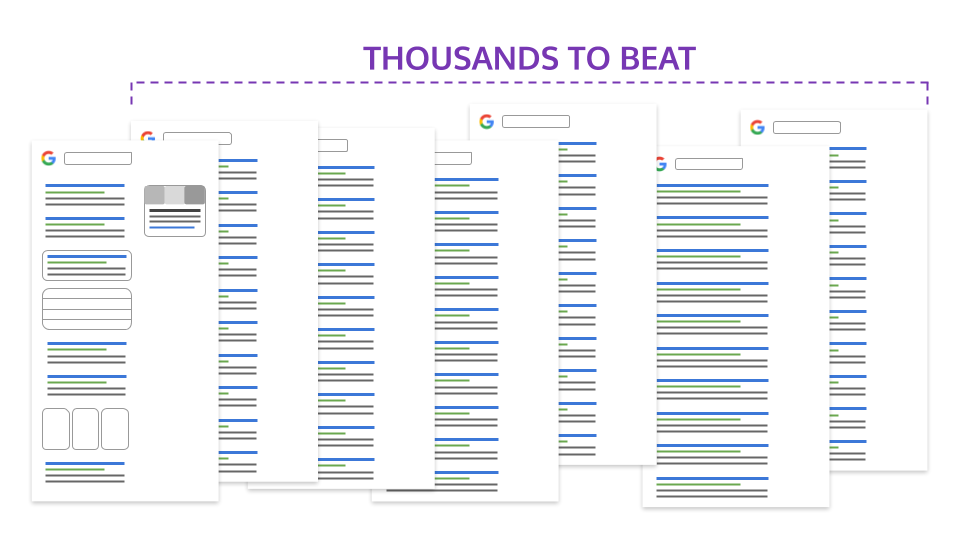
Most of the SEO content produced by most B2B brands doesn’t get organic traffic, because it never breaks into the top of Google’s first page of organic results. However, most of that content has been “optimized” by a marketer: someone has done the standard best practices or followed a checklist.
The truth is, last year’s SEO checklists are no longer enough. B2B SEO has to move beyond the basics and get competitive.
Want to get a head start on a competitive SEO content strategy?
LEARN ABOUT AN SEO CONTENT AUDIT
3. Map Users’ Needs for Each Persona, Along Each Buyer’s Journey
Each persona on the purchasing team has a unique buyer’s journey—from the executive who ultimately signs the check, to the practitioner who needs the tools, to the manager trying to bridge the gap. Each of these personas has different questions and needs as they discover their issue, explore solutions, compare options, and ultimately make purchase decisions.
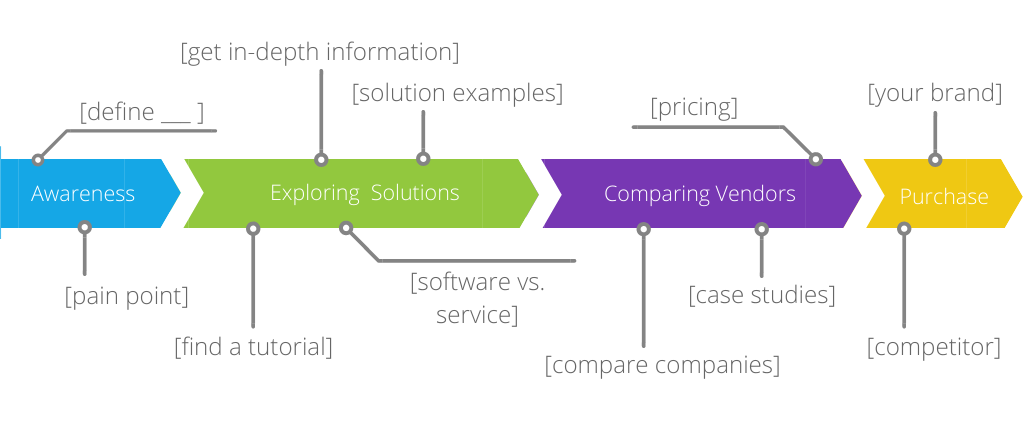
Investigating each user’s need at each stage of the buyer journey helps marketers map the path to revenue. Then, create a B2B SEO content strategy that puts content in front of each audience when they need it—and that helps move each audience through their own funnel.
Investigating and mapping user needs allows B2B marketers to:
Identify where the existing content collection has gaps. Maybe the brand has lots of bottom-of-funnel content, but nothing driving new leads at the top.
Plan how to structure content. Charting the conversation for each persona allows marketers to create more strategic internal links and content recommendations to keep users engaged.
Prioritize content creation. Whether it’s a gap in one persona’s journey, or a persona that’s missing altogether, marketers can bring meaningful prioritization to content creation calendars by identifying which content is needed most urgently.
4. Create a Resource Center
Because B2B sales cycles are so much longer and more complex, B2B brands need to have an extremely clear content strategy for their sites.
Blogs are a good start, but they are—by nature—timely. A blog post can continue to drive meaningful organic traffic long after it gets buried in the normal feed, but high-quality, evergreen content should be prioritized in a more stable resource center.
Resource centers allow marketers to more strategically organize content. That creates a better UX for the buyer, and helps improve SEO by creating a strong site structure for search engines.
5. Recommend Resources AND Services
B2B selling requires a lot of relationship-building, and marketers know that. Most B2B brands use informational content to link to next steps and more informational content, which is great.
But don’t be afraid to link to, and recommend, your services and solutions when it’s appropriate.
Users who are looking for information do also need solutions to their problem. Don’t try to push a product or service where it doesn’t belong, but if your solution really is the best answer (because of course it is) to that user need—say so!
Your audience recognizes when they’re on a branded site. They know there’s a company with a product behind the content—even if the content never mentions it.
Most users are not turned away by a relevant, helpful product mention and link in a piece of content. And that SEO content needs to contribute to the revenue stream eventually.
6. Promote Mobile Usability
Mobile devices are quickly becoming the dominant tool for web access—even for B2B decision makers.
90% of business executives research business purchases on mobile devices.
Between 50% and 70% of B2B search queries are made on smartphones, and that number is only rising.
If your audience isn’t already using mobile devices more than desktop, it is at least on the rise.
Additionally, ever since Google’s mobile-first algorithm update, rankings across all devices depends primarily on mobile usability. Even if a small percentage of a B2B brand’s audience is on mobile, desktop rankings still depend on mobile performance.
7. Tag the Product Category
Many B2B brands lean heavily on solutions models and unique product or service names, which is great for top-of-funnel and bottom-of-funnel searches, respectively. But one SEO best practice that B2B companies often forget is using the product category strategically, in order to catch buyers in the middle of the journey.
If the company sells HR software, for example, you want to perform well in organic search for general category terms like, “HR software,” etc.
B2B websites don’t tend to include dozens of product pages or categories, but there are ways to include product category terminology in key fields and strategic locations:
– H1 tags on top-tier pages like the home, pricing, and solutions pages.
– Text near the brand name, like the top of the home and about pages, and in boiler plate text.
– Image alt and title texts, as well as captions, as appropriate.
– Text near the product names.
Additionally, listing those products on review and comparison sites can signal to search algorithms that a site is a leader in a particular product category.
Getting Started with B2B SEO
You wouldn’t fail to show up at the industry’s biggest event, but that’s exactly what happens when B2B marketers ignore SEO. Your target audience is constantly using search engines to find answers and information, as well as tools and solutions.
Good B2B SEO puts the brand in front of each member of the purchasing team at each stage of their unique buyer’s journey. That exposure builds authority and trust, and drives qualified organic traffic.
So where do you start? If you’re just getting started and you want to learn more, check out The CMO’s Guide to Modern SEO. If you’re ready to see what a modern SEO strategy looks like for your unique brand, get in touch and we’ll explore options together.
